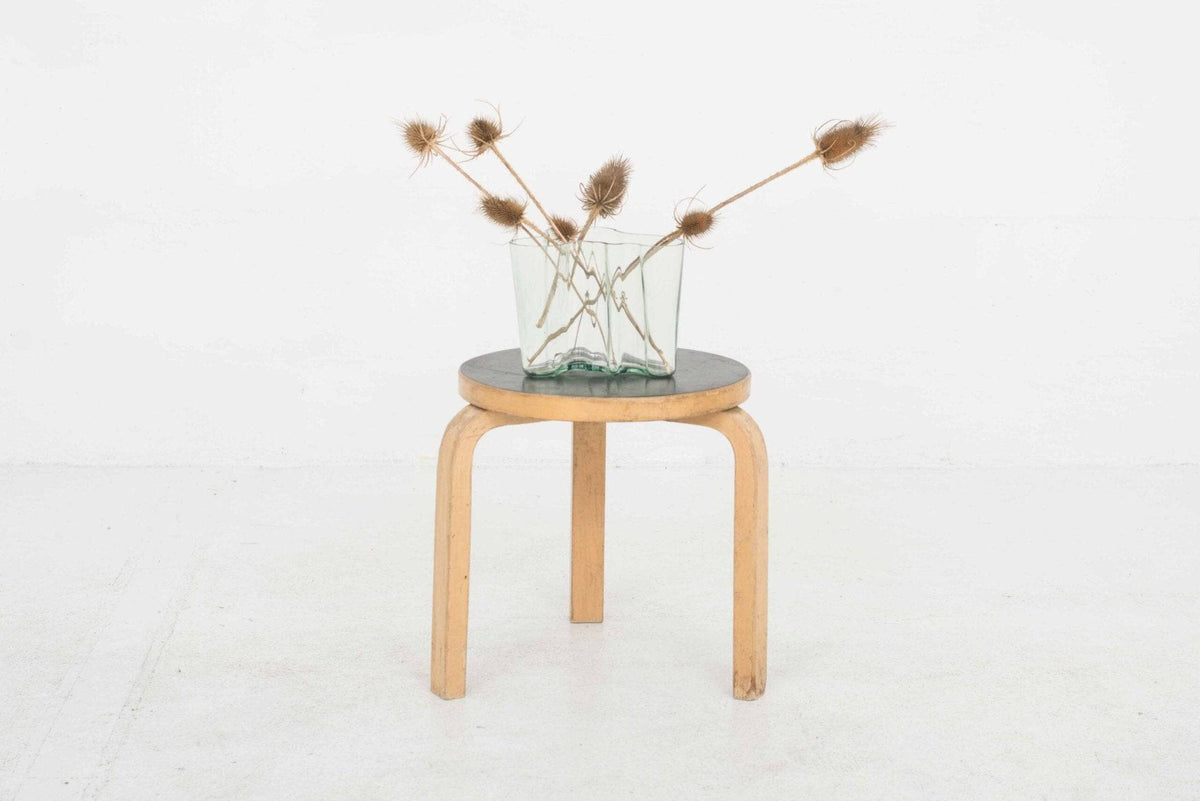Scandinavian design: radical simplicity with attitude
Scandinavian design is often reduced to "bright, simple, and cozy." In fact, there's much more to it—namely, an attitude. What is celebrated today as style was once a social statement: design doesn't have to impress, but rather relieve stress. It should be accessible to everyone—not just an elite, but to anyone who values good living.
This philosophy arose from concrete needs: long winters, little daylight, and small spaces. Scandinavian designers responded not with decor, but with clarity. Furniture was meant to brighten rooms, lift the mood, and be practical at the same time. The result is a style that dispenses with all superfluity—and precisely for this reason remains timeless.
Contents
What is Scandinavian design?
Scandinavian design stands for clear forms, bright materials, and functional design. Reduction here doesn't mean renunciation, but rather a focus on what remains. The combination of craftsmanship, closeness to nature, and design consistency is what characterizes this style to this day. Here are a few facts:
- Origin: Denmark, Sweden, Norway and Finland
- Period: First designs from the 1930s, peak in the 1950s–1970s
- Typical materials: Light wood (e.g. birch, ash, pine), wool, linen, leather
- Style features: Organic shapes, minimalism, bright colors, function over decoration
Unlike many design movements, Scandinavian style sought not the extravagant, but the everyday, convincing. Form follows function – but without coldness.

Why did Scandinavian design become a movement?
In Scandinavia, design was never just a matter of taste, but also of social responsibility. Furniture was supposed to be high-quality but affordable. Good design was considered a basic right, not a luxury. This is the core of "democratic design," which brands like IKEA originally helped to shape.
The design also became a response to climatic challenges. In a country where light is scarce, it became part of the interior design: bright surfaces, reflective materials, subtle colors. Instead of heaviness, lightness. Instead of pomp, clarity.
At the same time, the materials remained earthy: wood, wool, leather – not as decoration, but because they are robust, regional and sensual.
Iconic designers from the North
Scandinavian design hasn't just produced furniture—it's also shaped attitudes. Its most famous designers have given everyday life a form that endures to this day:
- Arne Jacobsen – designed the Egg Chair and the Swan Chair , both pioneering the organic-modern style
- Alvar Aalto – combined functionality with organic warmth, famous for the Savoy Vase and wood laminate furniture, among other things
- Hans J. Wegner – created over 500 chairs, including the Wishbone Chair , a prime example of craftsmanship with character
These designs are not museum-worthy – they are made for people who want to live consciously.



To the Arne Jacobsen collection →
Why Scandinavian design is so popular today
Scandinavian design isn't just a style trend, but a response to modern living needs. In times of sensory overload, space constraints, and pressure to be sustainable, it meets demands that many other styles can't:
- Simple shapes : ideal for flexible combinations – from old buildings to new buildings
- Light materials : bring optical lightness to every room
- Functional design : reduces friction in everyday life
- Timeless aesthetics : not fashionable, but confident
Those who choose Scandinavian design classics today are not buying impulsively – but consciously.
Sustainability: Not a trend – but a principle
In Scandinavian design, longevity isn't an afterthought—it's been part of the concept from the very beginning. Furniture wasn't designed for three seasons, but for decades. And you can still see that today: signs of wear often make these pieces even more beautiful.
Those who choose original design classics are making a conscious choice against the throwaway mentality. Secondhand furniture saves resources, reduces emissions, and tells stories that no new purchase can.
Second-hand as a statement:
- Solid wood instead of chipboard
- Repairability instead of disposal
- Clarity of form instead of trendy decoration
Conclusion: Design with attitude – instead of decoration with hype
Scandinavian design isn't an Instagram trend. It's a design principle that aims to improve life – through simplicity, consistency, and beauty without noise. Those who understand it don't buy for the eye, but for life.
Discover our selection of original Scandinavian design classics →
Learn more
You can find further inspiration, buying guides and useful information here:
Bauhaus Design: Radical Function. No Compromises on Style →
Buying vintage furniture - our comprehensive guide →
Reloved Magazine: The 2nd-home Blog - Inspirations, Stories and Lifestyle →




